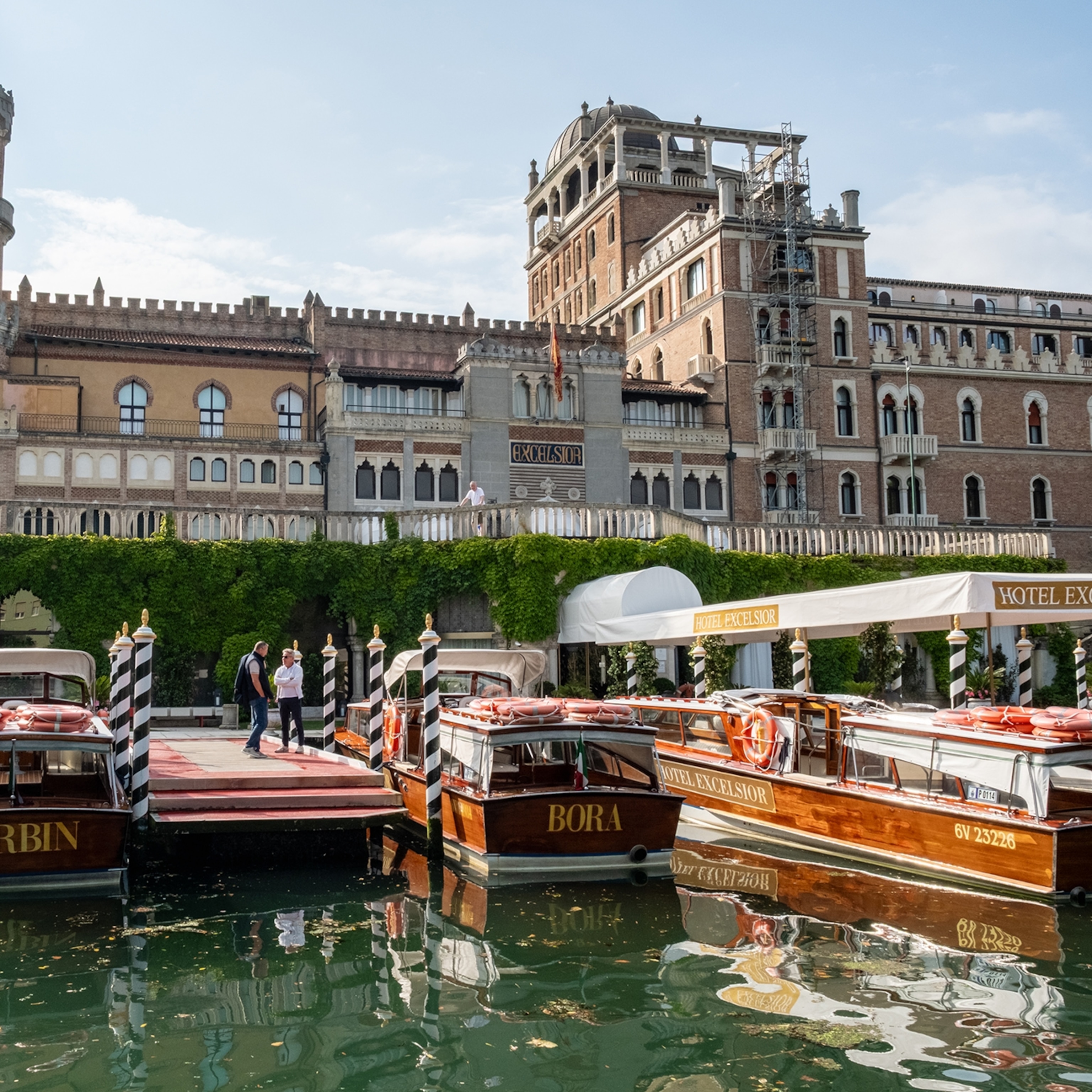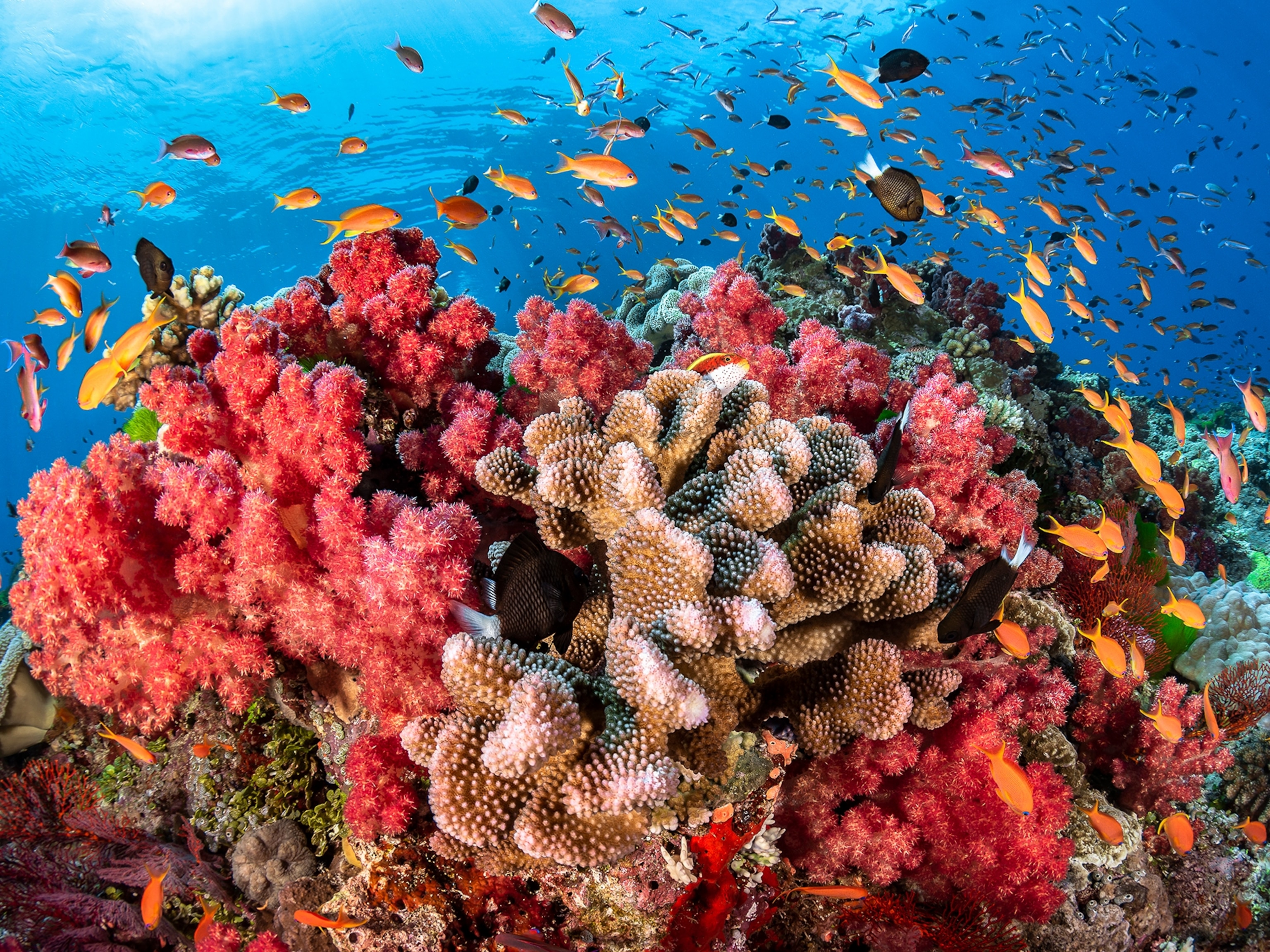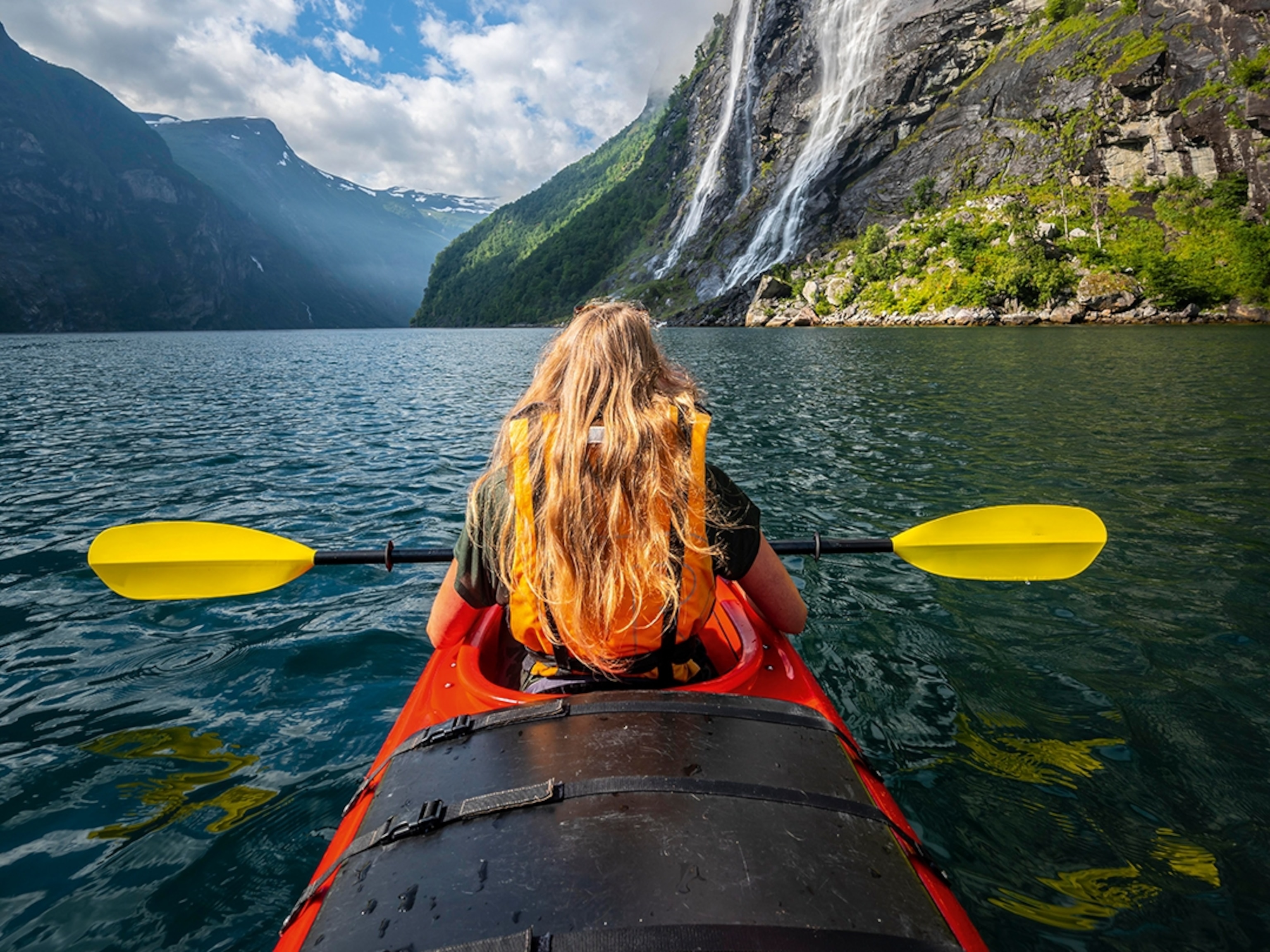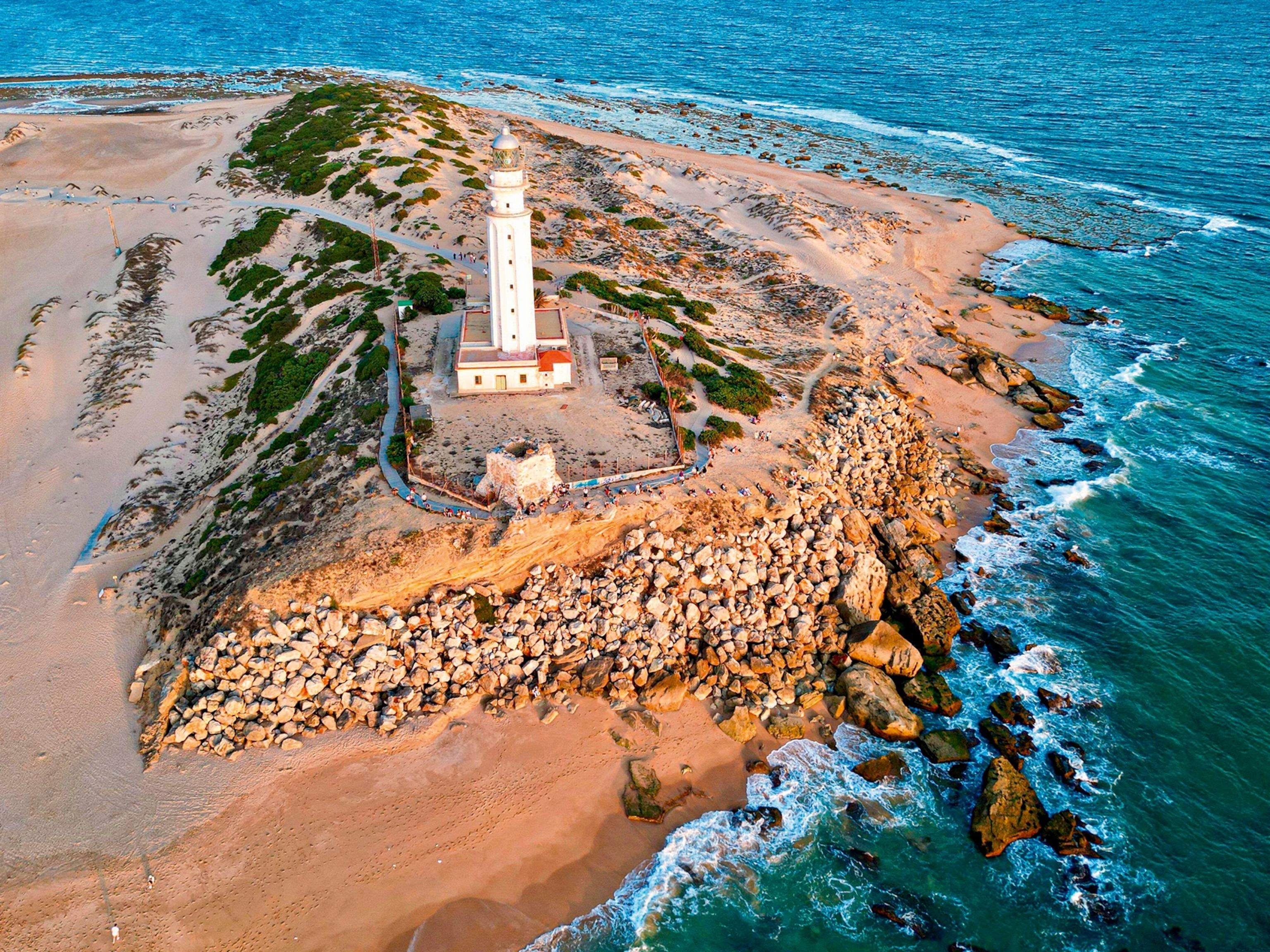
Polynesian Sailing Vessels Are Being Used to Clean Up Microplastics
Pacific Islanders are banding together to bring attention to the tons of plastic waste washing up on once-pristine shores.
Churning seas, courtesy of Cyclone Gita, crash against the sides of our traditional double-hulled Polynesian sailing vessel, known as a waka in the Maori language. With a crew of 12 Maori community members and three scientists, including me, on board, the waka Te Matau a Maui is heading along the east coast of New Zealand’s North Island to the capital of Wellington, to participate in the international Waka Odyssey—but Cyclone Gita stands in our way.
We are one of several waka in a flotilla—one coming from as far as Samoa, 2,000 miles away—to champion the importance of ocean voyaging in Polynesian culture. But Polynesian voyaging societies are also increasingly leading on conservation matters, from overfishing and climate change to plastic pollution. Here in New Zealand, I’ve joined the Pure Tour, documenting the amount of plastics in coastal waters and lecturing across the North Island about zero waste, ensuring that indigenous knowledge guides conservation policy. For me, this waka voyage is an opportunity to study microplastic pollution alongside Maori conservationists.
I direct research for the Los Angeles–based 5 Gyres Institute, an organization I co-founded a decade ago to study and solve the problem of ocean plastics. Gyres are swirling currents that cover entire ocean basins above and below the Equator, like the North Pacific Subtropical Gyre that flows from Japan to California, making a giant U-turn when the currents hit the coast, then flowing past Hawaii and back to Japan in a five- to six-year loop.
Having led many voyages across the five subtropical gyres in the world, I’ve seen the impacts of plastics on marine life. In 2015 we published the first estimate of floating plastic worldwide: There’s more than a quarter-million tons of it. More than 90 percent of the fragments are smaller than a grain of rice, creating what’s more akin to a smog of microplastics rather than a consolidated mass. Preventing the problem begins upstream, where companies decide about the products and packaging they make and consumers choose what to buy. When we phase out single-use, throwaway plastics, such as bags and straws, we get lasting results.
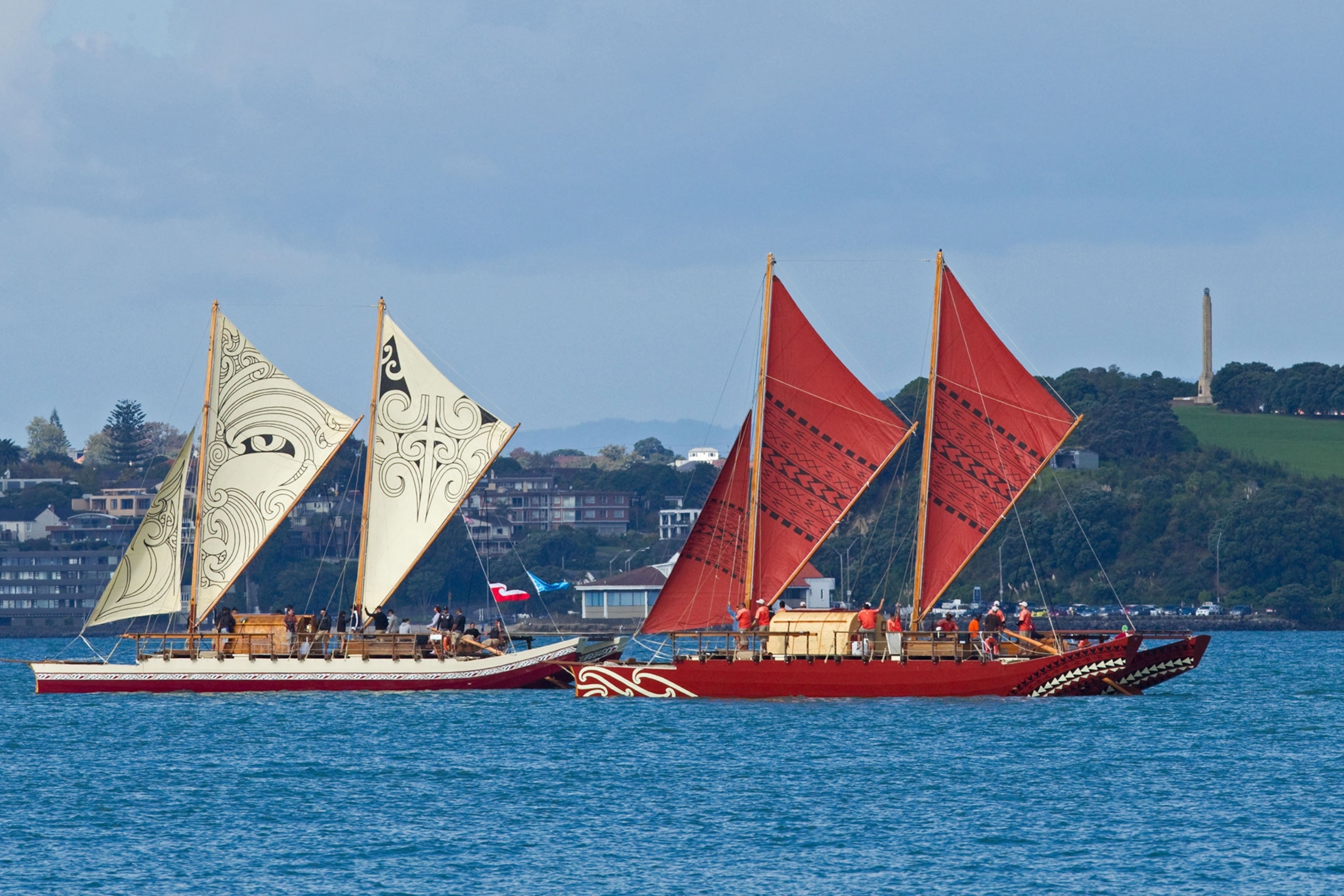
But now, aboard Te Matau a Maui, it’s all about the cyclone, and the safety of the crew comes first. With some regret, we turn back to the ship’s home port of Napier.
Despite this setback, the science has been successful, as we continue to drop our trawl in the water to skim the ocean surface for microplastics. The trawl looks like an aluminum manta ray with floating wings and a two-foot-wide mouth. The mesh is tighter than the fabric weave in your T-shirt. We’ve got 15 samples so far, and like the thousands of samples we’ve collected worldwide, they’re a kaleidoscope of multicolored confetti appearing among the usual detritus of floating seeds, insects, and zooplankton. We trawl slowly enough to allow even the smallest fish to swim away. The concentrations of plastic are thicker near cities, where plastic bags, straws, bottles, and cups inadvertently make their way to the sea.
The Pure Tour is a project initiated by Tina Ngata, also known as the Non-Plastic Maori. She’s a powerful blend of conservationist and indigenous rights activist. Her moko, a traditional form of ink art, includes the images of two whales descending from the edges of her lips down to her chin. When I asked her about her moko, she shares a story instead: “We voyaged a few months ago into the sea to confront a massive research ship conducting deep-sea seismic testing to discover untapped oil deposits. We informed the vessel that, although they had government approval, they did not have Maori approval, that they were not welcome in our territory, and to expect further resistance.” She says they protested the surveying on behalf of “the whales, dolphins, and all those that live beneath the waves—our ocean whanau (family).”
Polynesian cultures nurture a close affinity with other life forms, and to each other. Voyaging societies utilize extensive knowledge of celestial navigation, wildlife migrations and patterns, and wind and waves to find each other across vast watery expanses. As Lavatai Lauaki Afifimailagi, an elder from the Samoan Voyaging Society, said to the fleet of waka before departure, “While our islands are separated by miles of ocean, we are all Polynesian.”
But the same ocean that connects all of Oceania also delivers plastic pollution. Our published research indicates that more than 100,000 tons of it are floating in the Pacific alone, much of it washing ashore far from its source. In 2017 researchers found a fishing crate on Rapa Nui (Easter Island) that had floated some 4,000 miles from its South Pacific origin.
- National Geographic Expeditions
Across Aotearoa (the Maori name for New Zealand), solutions are emerging. The Pure Tour began with a visit to Raglan on the North Island’s west coast to visit Xtreme Zero Waste. The site includes a mountain of compost, rows of worm bins, an appliance and furniture restoration shop, a wood and metal scrapyard, a library of recycled books, a thrift store, and a place to recycle glass, metal, paper, and plastics. The scale of the company’s efficiency led to the closure of the local landfill a few years ago, and now the organization mentors other communities.
More islands are embracing the zero-waste philosophy. On Rapa Nui travelers refill their reusable water bottles at water stations around the island. In Hawaii a bill to ban polystyrene food containers is being debated. The zero-waste philosophy applies to individuals as well. Traveling light and plastic free is essential. The best advice? Go reusable and seek alternatives to plastic.
A couple days after the Waka Odyssey, on the Wellington dock, Polynesian voyagers assembled behind a giant banner that read, “Ban the Bag.” They marched toward Parliament with a petition in hand signed by 65,000 citizens supporting a nationwide ban on single-use throwaway plastic bags. On the steps of Parliament I stood next to Afifimailagi, the Samoan elder. He looked around at the crowd. “We are all voyagers,” he said. “What you carry with you and what you leave behind define who you are.”
Marcus Eriksen is an environmental scientist and educator and co-founder of 5 Gyres Institute, which studies plastic pollution.
